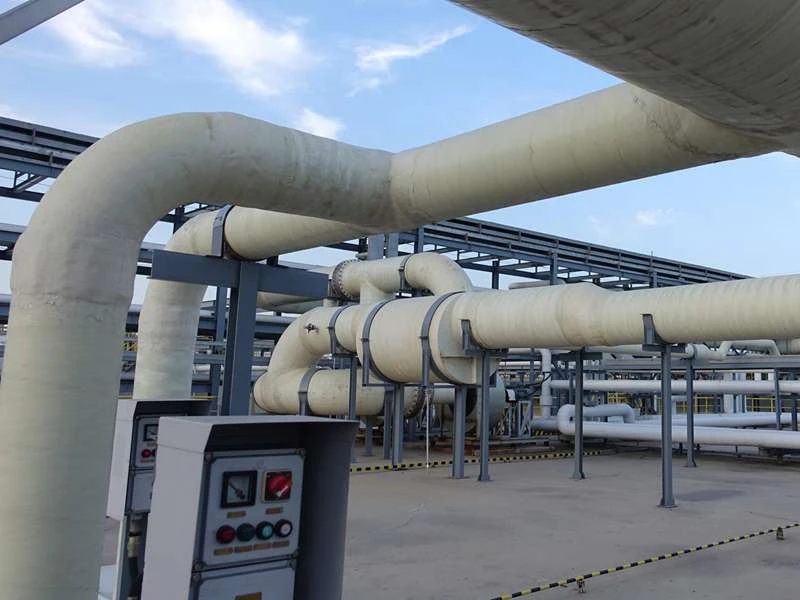
-
 Afrikaans
Afrikaans -
 Albanian
Albanian -
 Amharic
Amharic -
 Arabic
Arabic -
 Armenian
Armenian -
 Azerbaijani
Azerbaijani -
 Basque
Basque -
 Belarusian
Belarusian -
 Bengali
Bengali -
 Bosnian
Bosnian -
 Bulgarian
Bulgarian -
 Catalan
Catalan -
 Cebuano
Cebuano -
 China
China -
 China (Taiwan)
China (Taiwan) -
 Corsican
Corsican -
 Croatian
Croatian -
 Czech
Czech -
 Danish
Danish -
 Dutch
Dutch -
 English
English -
 Esperanto
Esperanto -
 Estonian
Estonian -
 Finnish
Finnish -
 French
French -
 Frisian
Frisian -
 Galician
Galician -
 Georgian
Georgian -
 German
German -
 Greek
Greek -
 Gujarati
Gujarati -
 Haitian Creole
Haitian Creole -
 hausa
hausa -
 hawaiian
hawaiian -
 Hebrew
Hebrew -
 Hindi
Hindi -
 Miao
Miao -
 Hungarian
Hungarian -
 Icelandic
Icelandic -
 igbo
igbo -
 Indonesian
Indonesian -
 irish
irish -
 Italian
Italian -
 Japanese
Japanese -
 Javanese
Javanese -
 Kannada
Kannada -
 kazakh
kazakh -
 Khmer
Khmer -
 Rwandese
Rwandese -
 Korean
Korean -
 Kurdish
Kurdish -
 Kyrgyz
Kyrgyz -
 Lao
Lao -
 Latin
Latin -
 Latvian
Latvian -
 Lithuanian
Lithuanian -
 Luxembourgish
Luxembourgish -
 Macedonian
Macedonian -
 Malgashi
Malgashi -
 Malay
Malay -
 Malayalam
Malayalam -
 Maltese
Maltese -
 Maori
Maori -
 Marathi
Marathi -
 Mongolian
Mongolian -
 Myanmar
Myanmar -
 Nepali
Nepali -
 Norwegian
Norwegian -
 Norwegian
Norwegian -
 Occitan
Occitan -
 Pashto
Pashto -
 Persian
Persian -
 Polish
Polish -
 Portuguese
Portuguese -
 Punjabi
Punjabi -
 Romanian
Romanian -
 Russian
Russian -
 Samoan
Samoan -
 Scottish Gaelic
Scottish Gaelic -
 Serbian
Serbian -
 Sesotho
Sesotho -
 Shona
Shona -
 Sindhi
Sindhi -
 Sinhala
Sinhala -
 Slovak
Slovak -
 Slovenian
Slovenian -
 Somali
Somali -
 Spanish
Spanish -
 Sundanese
Sundanese -
 Swahili
Swahili -
 Swedish
Swedish -
 Tagalog
Tagalog -
 Tajik
Tajik -
 Tamil
Tamil -
 Tatar
Tatar -
 Telugu
Telugu -
 Thai
Thai -
 Turkish
Turkish -
 Turkmen
Turkmen -
 Ukrainian
Ukrainian -
 Urdu
Urdu -
 Uighur
Uighur -
 Uzbek
Uzbek -
 Vietnamese
Vietnamese -
 Welsh
Welsh -
 Bantu
Bantu -
 Yiddish
Yiddish -
 Yoruba
Yoruba -
 Zulu
Zulu
molded fiberglass grating
The Advantages of Molded Fiberglass Grating
Molded fiberglass grating, often referred to as FRP (Fiber Reinforced Plastic) grating, has emerged as one of the preferred materials in various industrial, commercial, and residential applications. As industries continue to evolve and seek materials that offer longevity, durability, and cost-efficiency, molded fiberglass grating stands out as a compelling option. This article explores the key advantages of this innovative material and its numerous applications across different sectors.
1. Exceptional Strength and Durability
One of the most significant benefits of molded fiberglass grating is its exceptional strength-to-weight ratio. Made from a combination of resin and glass fibers, this material provides remarkable durability while remaining lighter than metal alternatives. This strength is crucial in environments where heavy loads and stresses are common, such as walkways, platforms, and industrial flooring. Moreover, fiberglass grating is resistant to rust, corrosion, and chemical damage, making it an ideal choice for industries that involve harsh chemicals, such as wastewater treatment plants and chemical manufacturing facilities.
2. Safety Features
Safety is a paramount concern in any workplace, and molded fiberglass grating excels in this area as well. The material can be manufactured with a textured surface that enhances traction, thereby reducing accidents caused by slips and falls. Additionally, fiberglass grating is non-conductive, which makes it a suitable option for electrical applications where safety from electrical hazards is critical. Its lightweight nature also means that it is easier to handle during installation, further minimizing the risk of accidents.
Molded fiberglass grating can be customized to fit a variety of shapes and sizes, making it adaptable to different project requirements. It comes in numerous colors and surface profiles, allowing designers and engineers to select grating that not only meets functional requirements but also aligns with aesthetic values. The ability to tailor this material to specific applications means that it can be utilized in everything from industrial facilities to architectural designs.
molded fiberglass grating

4. Low Maintenance Requirements
Another advantage of molded fiberglass grating is its low maintenance needs. Unlike traditional materials such as wood or metal, fiberglass does not require regular maintenance such as painting or sealing. Its resistance to environmental factors such as moisture and UV radiation helps in reducing the long-term operational costs associated with upkeep. This low-maintenance characteristic translates to considerable savings for businesses over time.
5. Eco-Friendly Option
As sustainability becomes an increasingly important issue, molded fiberglass grating presents an environmentally friendly option. Many manufacturers now produce fiberglass grating using recycled materials and resins, which decreases the carbon footprint associated with production. The longevity and durability of fiberglass grating also mean that it does not need to be replaced as often, further minimizing waste.
6. Versatile Applications
The versatility of molded fiberglass grating can be seen in its wide range of applications. It is commonly used in marine environments, platforms, walkways, stair treads, and even in architectural applications for both commercial and residential buildings. Industries such as food processing, pharmaceuticals, and oil and gas have adopted fiberglass grating due to its ability to withstand harsh conditions while maintaining hygiene standards.
Conclusion
Molded fiberglass grating offers a multitude of advantages that make it an excellent choice for various applications. Its strength, safety features, design flexibility, low maintenance, eco-friendliness, and versatility set it apart from traditional materials. As industries continue to seek alternatives that meet their operational demands and safety standards, molded fiberglass grating is likely to become increasingly popular. Whether in industrial settings or architectural designs, its benefits are clear, confirming that this innovative material is here to stay.









